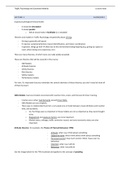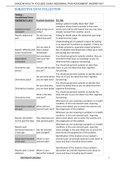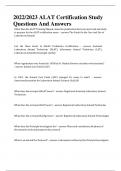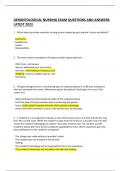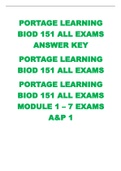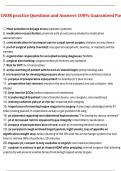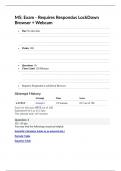College aantekeningen
Lecture notes Traffic Psychology and Sustained Mobility
- Instelling
- Rijksuniversiteit Groningen (RuG)
These are my lecture notes from all 7 lectures from the course Traffic Psychology and Sustained Mobility. These can be combined with my comprehensive summary of the course literature, which is also on Stuvia.
[Meer zien]
